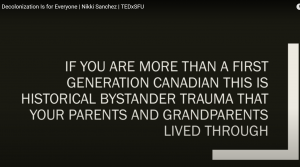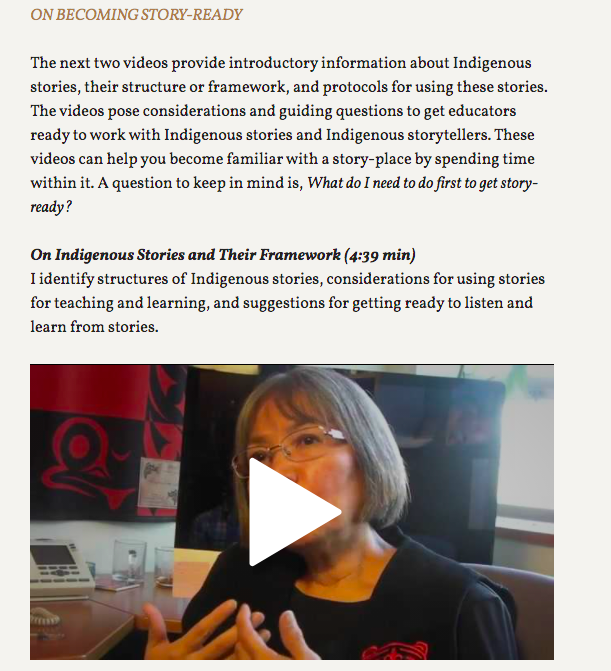When implementing Ingenous STEM, pedagogical methods should encourage students to discuss topics with family and friends to foster community interest (Stevens et al., 2016) and help students understand western concepts as well as Indigenous concepts and values by exploring similarities and differences (Snively & Williams, 2016).
It’s important to consider limiting factors, like that modern science and scientific views can be completely foreign with Indigenous spirituality and/or a holistic understanding of the world and that there is a lack of culturally appropriate science textbooks and resources (Snively & Williams, 2016). Therefore, including examples that help students see a deeper cultural understanding is a key element in incorporating Indigenous STEM into classrooms. For example, when teaching about solar energy, “students can be asked about how the sun and heat of the southwest desert impact their ways of living, how their ancestors adapted to the intense heat of the desert, how water levels have changed over time, and how the sun has been used as an energy source (Gomez et al., 2015).
Here are some other research papers that outline theoretical frameworks and practical examples of Indigenous epistemologies and implementation strategies.
References
Garcia-Olp, M., Nelson, C., Hinzo, A., & Young, D. A. (2020). Indigenous epistemologies: Implementing Indigenous practices and perceptions to the area of STEM. Curriculum and Teaching Dialogue, 22(1/2), 197-337.
Gomez, R., Knox, C., Stevens, S., & Andrade, R. (2015). iSTEM: An innovative hybrid program for diversifying and building capacity in the STEM/ICT workforce. Teacher resource manual. University of Arizona, Tucson
Makonye, J. & Dlamini, R. (2020). STEM education for the twenty-first century. In J. Anderson & Y. Li (Eds.), Integrated Approaches to STEM Education: An International Perspective (pp.21.39). Springer. https://doi/org/10.1007/978-3-030-52229-2_3
Snively, G. & Williams, W. L. (2016). Knowing home: Braiding Indigenous science with Western science. University of Victoria Press.
Stevens, S., Andrade, R., & Page, M. (2016). Motivating Young Native American Students to Pursue STEM Learning Through a Culturally Relevant Science Program. Journal of Science Education and Technology, 25(6), 947-960. https://doi.org/10.1007/s10956-016-9629-1
Tytler, R. (2020). STEM education for the twenty-first century. In J. Anderson & Y. Li (Eds.), Integrated Approaches to STEM Education: An International Perspective (pp.21.39). Springer. https://doi/org/10.1007/978-3-030-52229-2_3

